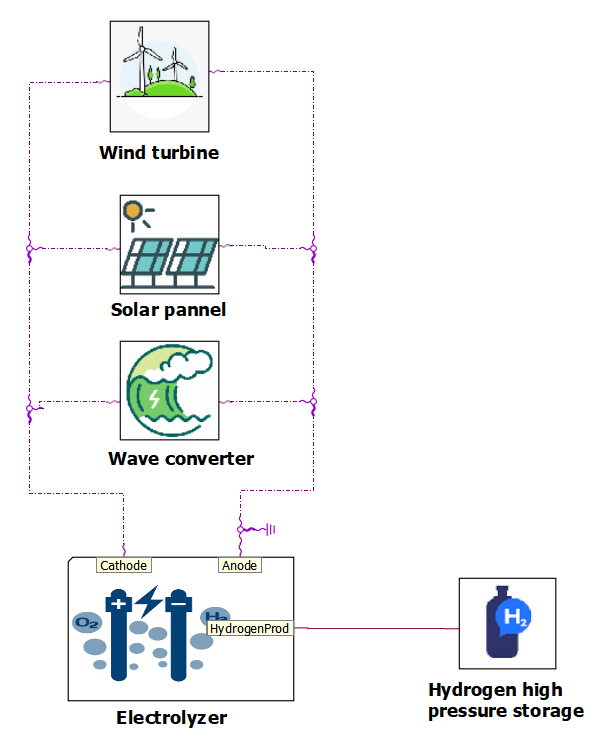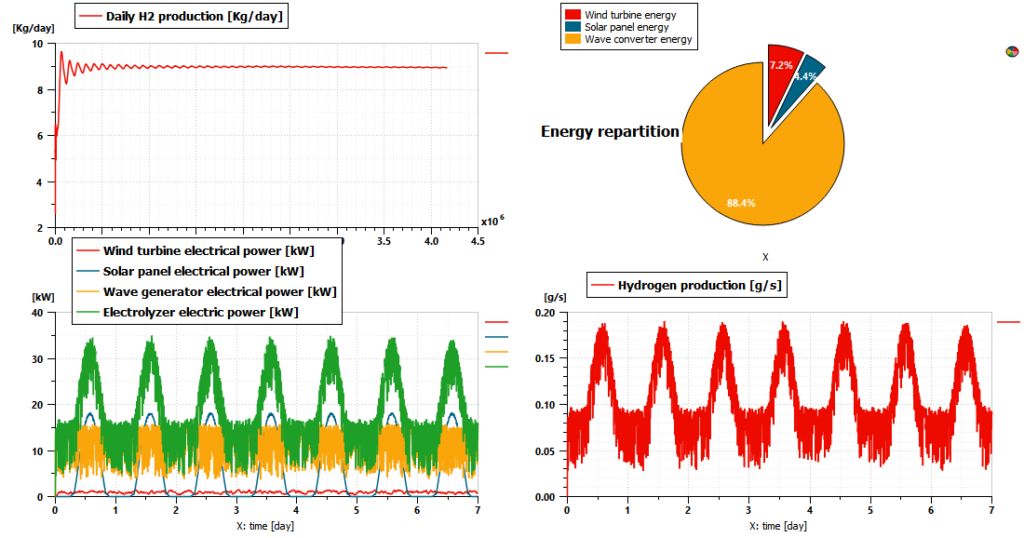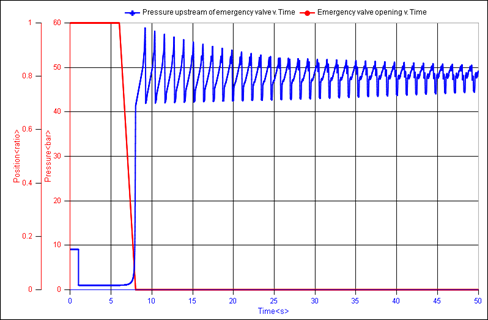Revolutionizing energy: 4 examples on how System Simulation is transforming the energy transition

Introduction
As we continue to face the challenges of climate change and the need to transition to cleaner sources of energy, system simulation is playing an increasingly important role in facilitating this transition. System simulation involves using computer models to simulate the behavior of the physics of complex systems, such as energy systems, in order to better understand their performance, optimize their design, and improve their efficiency. In the context of the energy transition, system simulation can help us to make informed decisions about how best to transition to a cleaner, more sustainable energy system.
This blog describes 4 real-world examples of how system simulations are accelerating the energy transition.
1. Explore scenarios on the whole energy system
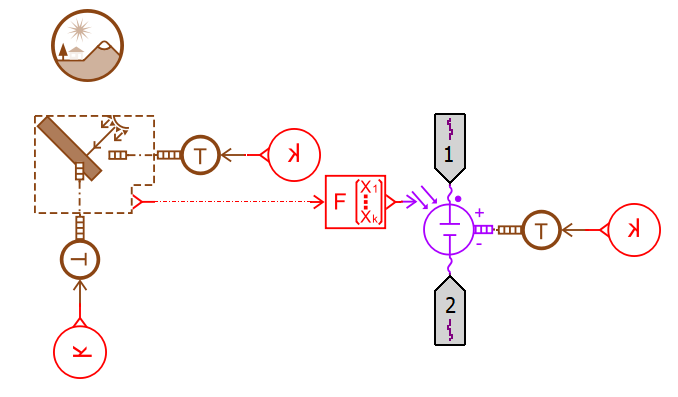
One of the key benefits of system simulation is that it allows us to explore different scenarios and evaluate the impact of different policies and technologies. For example, we can use system simulation to model the behavior of different renewable energy sources, such as wind and solar power, and evaluate their potential impact on the energy system as a whole. We can also model the behavior of different energy storage systems, such as batteries and hydrogen storage, and evaluate their potential to support the integration of renewable energy into the grid.
The model below includes a combination of different energy sources producing electric power which is needed for hydrogen production. There’s a subsystem behind each component in the model that describes the wind turbine, the solar panel, the wave converter, the electrolyzer and the hydrogen storage under high pressure. With the connection between the component the transfer of energy is simulated, making it possible to predict interactions between subsystems and the performance of the global system.
2. Optimize performance
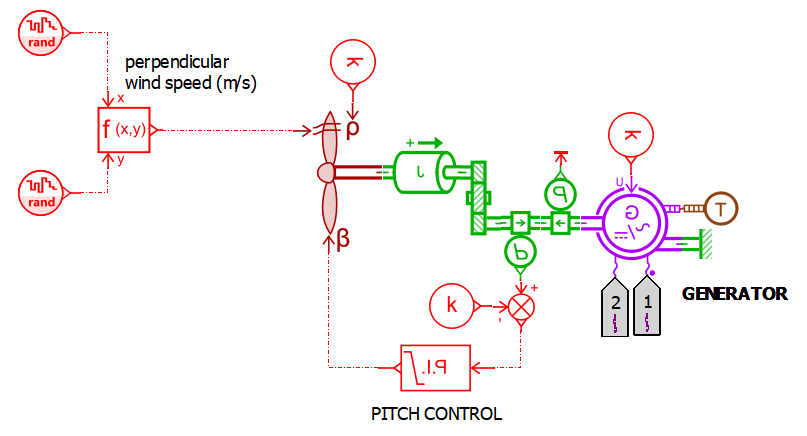
Another important role of system simulation is in the design and optimization of energy systems. By simulating the behavior of complex systems, we can identify potential design flaws or inefficiencies, and optimize the system to achieve better performance. For example, we can use system simulation to optimize the design or to evaluate the impact of different control strategies on the performance of a solar power plant, wind turbines and wave generators. Also large piping networks for fluid distribution are great applications where system simulations add value. For example to investigate if the reduction of pump energy consumption outweighs the costs involved when using Drag Reducing Agents.
Depending on the level of detail needed, the models can be scaled in complexity. This varies from functional models or lookup tables based on test data or supplier specifications, up to high-fidelity models including various losses, frictions and thermal effects. The possibility to scale the model allows engineers to deliver the right amount of details that are needed but also to simplify (resulting in less modeling and computation time needed) if the situation allows.
The wind turbine model above makes it possible to predict the electric power and the mechanical power of the turbine depending on the wind transient speed, which is used in the context of the whole system. By optimizing the component parameters the best suitable combination can be found for dynamic wind profiles.
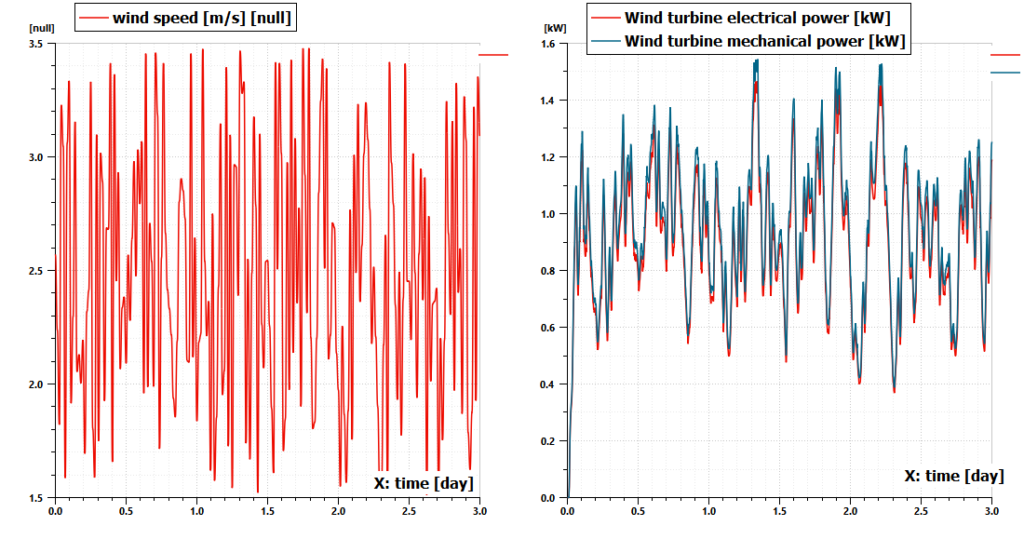
Read more about whole-system scenario exploration and performance optimization for hydrogen production in this blog.
3. Improving reliability and resilience of energy systems
System simulation also plays an important role in improving the reliability and resilience of energy systems. By simulating the behavior of energy systems under different operating conditions and failure scenarios, we can identify potential weaknesses and vulnerabilities, and design systems that are better able to withstand disruptions and maintain critical operations.
System simulation models are capable to predict dynamic phenomena like pressures and hydrodynamic forces which can cause severe damage and risk if underestimated, leading to disruptions in critical energy infrastructure.
The model and results above represent a pipe network that transports fluids. When opening or closing one of the emergency valves (red line), a pressure wave (blue line) propagates through the network causing forces and vibrations that potentially damage the mechanical structure. Read more about this application in this customer testimonial.
4. Optimize energy systems in operation with an xDT based on system simulations
Executable Digital Twins (xDT) are self-contained models that can be run by everyone and everywhere. In other words, a virtual model that is used to predict the behavior of physics, can be used as a stand-alone executable deployed on a PLC, in the cloud or any other hardware connected to the real-world asset. Being valuable during product design, manufacturing and service, the additional data generated by the xDT is also of great value when optimizing the operation. Using an xDT gives access to a whole new level of dynamic finetuning and insights in potential energy savings that can be realized.
With the short computation time needed by nature, a real-time capable system simulation model together with MindSphere (the Siemens industrial IoT as a service solution) is a very powerful combination that can improve the efficiency of energy systems while being in operation. Almost every system simulation model, and when using Reduced Order Modelling (ROM) technologies even 3D Finite Element or CFD models could potentially be used as xDT as long as the outputs deliver valuable information for the operation.
Related to the previous examples in this blog we have developed xDT’s for predictive monitoring of off-shore wind-turbine blades and xDT’s to reduce the energy consumption of fluid networks, but there is an unlimited number of other useful applications.
Conclusion
In conclusion, system simulation is playing an increasingly important role in the energy transition, by allowing us to better understand the behavior of complex energy systems, optimize their design, improve their efficiency, and support decision-making and policy development.
As we continue to face the challenges of climate change, system simulation will continue to be an important tool in the development of a cleaner, more sustainable energy system.
Have a look at the articles below to learn more about this topic and the various applications where Simcenter Systems Simulation transforms the energy transition.
Check out this infographic to discover how system simulation can help you make informed decisions about how best to transition to a cleaner, more sustainable energy system.
